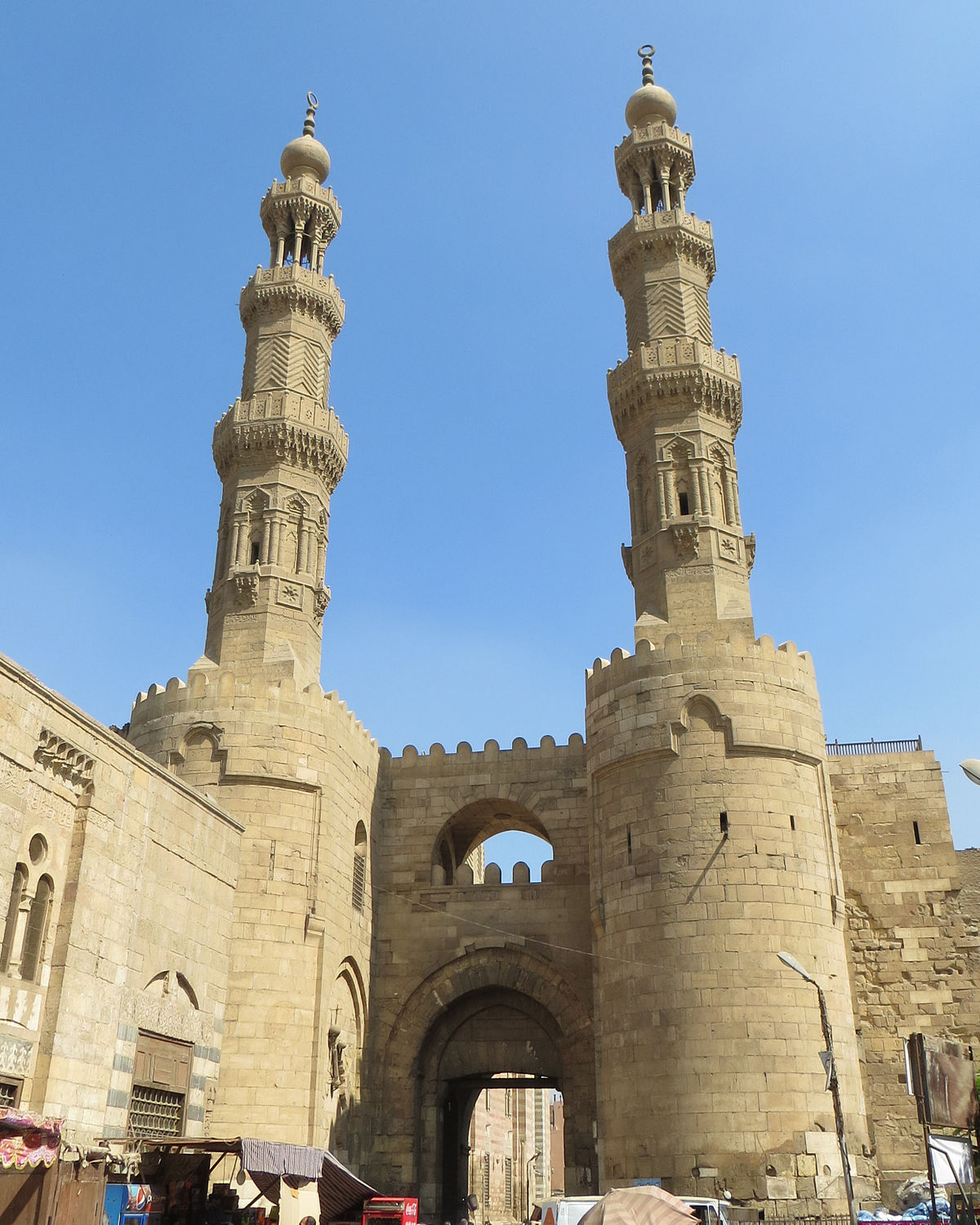
The attack led to a year-long restoration process, which began in earnest in early 2015. This effort was supported by generous grants from entities like the United Arab Emirates, UNESCO, ARCE, the Swiss Government, and the Italian Government[2]. The restoration not only repaired the physical damage but also allowed for a complete revision of the display layout, enhancing the visitor experience.
During the restoration, the museum's collection of nearly 100,000 artifacts remained a focal point. These artifacts, collected from regions spanning India to Andalusia, highlight the breadth of Islamic art throughout history[3]. The museum's reopening showcased its resilience and commitment to preserving Islamic cultural heritage.
The restoration process involved significant decisions regarding the museum's layout and infrastructure. A new administrative building was constructed as part of earlier renovations from 2003 to 2010, which included staff offices, a library, and a restoration department[1]. These improvements underscored the museum's role as a beacon for Islamic art and culture.
Physical evidence of the museum's rich history remains evident in its neo-Mamluk architecture, designed by Alfonso Manescalo and completed in 1902. The building itself is a testament to the architectural styles of the Islamic world.










